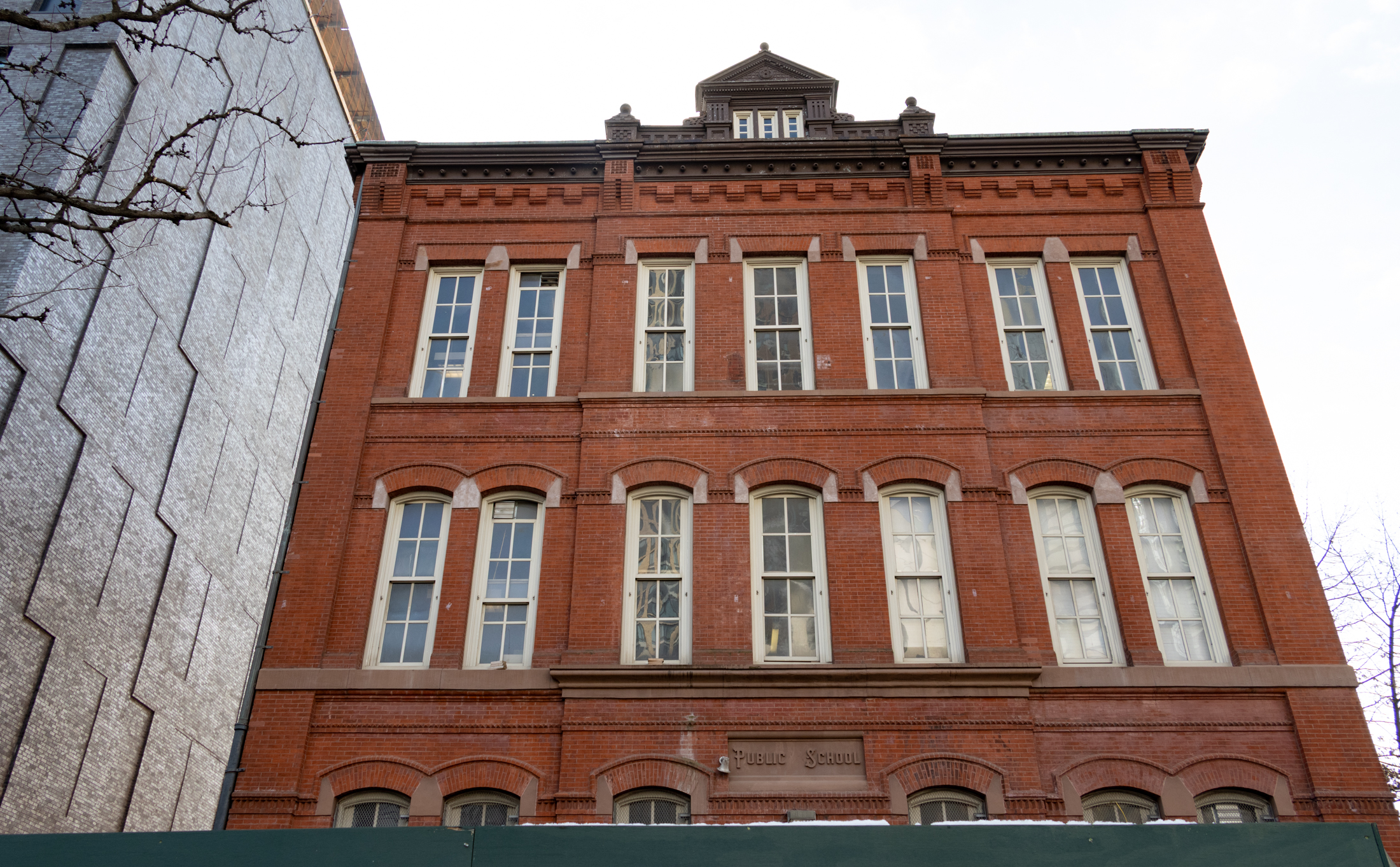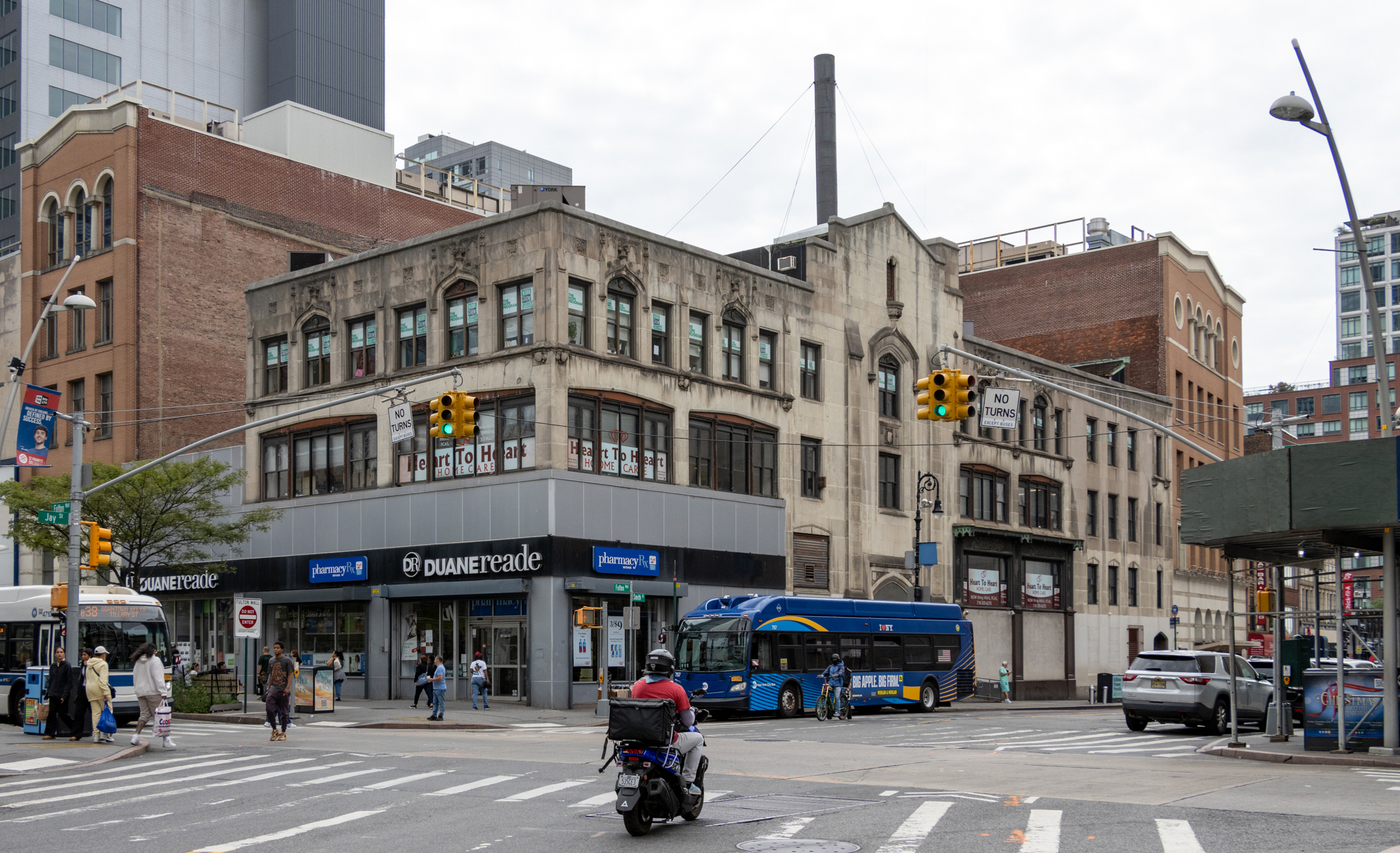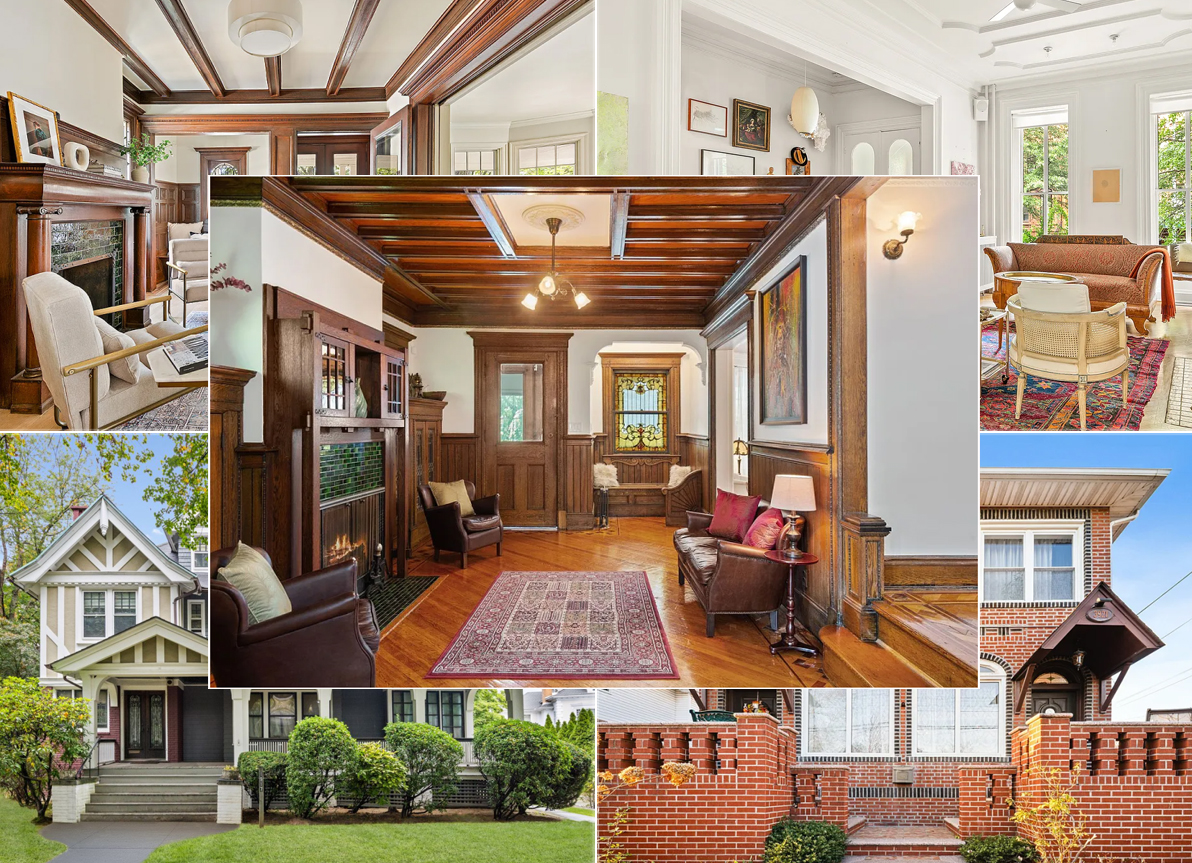Concord Village Giving Associated the Boot?
The Tillary Street Associated’s days may be numbered. The supermarket’s lease is up soon and, according to a tipster, the Concord Village Co-operative Board is looking for a replacement. This news adds another layer of uncertainty to the Downtown supermarket scene. With the future of 162 Myrtle up in the air and resolution on Admiral’s…


The Tillary Street Associated’s days may be numbered. The supermarket’s lease is up soon and, according to a tipster, the Concord Village Co-operative Board is looking for a replacement. This news adds another layer of uncertainty to the Downtown supermarket scene. With the future of 162 Myrtle up in the air and resolution on Admiral’s Row “delayed indefinitely”, the area could certainly benefit from something a step up from the Associated. Given that the upscale markets tend to favor larger spaces, however, we wouldn’t be holding our breath for a Whole Foods or Fairway in this location. GMAP





I don’t agree that most people think that Brownstones are ugly – but I do think many people (correctly) think that while pretty on the outside – a 125yr old house, that is narrow, has tons of stairs (making it even narrower), which are generally dark and often have strange layouts are not the way to spend 2M on a home.
3:47:
Ha ha!
I just pictured my grandmother eating grasshoppers and horse meat in the family brownstone on Carroll Street.
She must be spinning in her grave!
(Although they probably did serve grass hoppers at some point at the Montauk Club, back when French food was the rage. And wasn’t horse meat eaten during World War I?)
U. Designer
FYI, A hell of a lot of people, maybe even most in America, still think that Brooklyn brownstones are “fugly”.
Love of these crumbly old granny museums is a locally acquired taste, like fried grasshoppers or horse meat.
2:59:
People moved to places like these in “pursuit of a “better life” because Brooklyn’s old neighborhoods were considered so bad at the time.
And what did they get? Fresh, modern apartments; playgrounds for the kids; and parking for their cars. Not “file cabinets” but in-town alternatives to the suburbs.
And look at what similar buildings on the Lower East Side are getting now: Close to a million dollars for family-sized apartments moving off the Mitchell-Lama roles, bought by “hip” young professionals (the kinds who buy in Brownstoner’s Brooklyn!).
Your and my choice? Obviously not. But durable housing, well-located, with a bit of landscape. (And room sizes comparable — if not bigger than — new condos.)
As long as New York isn’t all built this way (and now that urban renewal is dead, it won’t be), Concord Village and others like it have their place in the city.
(And by the way, 1:53 (#2), I’m old enough to remember when brownstones were considered worse than “fugly,” and not just by Robert Moses, but by people “in pursuit of a better life,” usually in the suburbs.)
U. Designer
“your comment is so snobbish”
I know
aren’t anonymous blogs great?
You know, I could be “turned on to brownstones and historic buildings as an alternative” if I had more dough in my bank account. 2:59 – your comment is so snobbish.
Its a nice utilitarian place to put the homeless.
It was buildings like these, designed basically as file cabinets for people, tha turned so many people on to brownstones and historic buildings as an alternative to what the best and brightest were designing for “our own good”. Historic preservation was off the radar screens of the guys designing cities at that time. We forget how subversive preservation was then. I’m sure these buildings are nice places to live, sort of, but they are so ugly and soul-numbing. Soviet style housing for the masses. So incompatible in basic ways with the American spirit of individuality and the pursuit of a better life. It was an interesting period of time and it produced some of the very worst urban architecture. I agree that these complexes are important historically and that they mark a certain point in history, but I don’t like them.
1:37 and 1:41:
Actually. 12:38 probably was paying Concord Village a compliment, differentiating it from public housing because of its “better” residents, overlooking the role of management, maintenance, and security (and the money to cover them) in high-rise housing’s success.
This thread prompted me to check out CV’s website. One of the two-bedroom units is especially nice (foyer, dining area, bedroom wing) and could compete with “luxury” condos on the Upper East Side. Clearly, this project was built for middle-income people working in Downtown Brooklyn, while nearby public housing was directed at the Brooklyn Navy Yard. (Also check the limestone swag around the lobby entrances — a clear give away.)
Similar to most everything else in NYC, there’s a hierarchy to “projects,” each directed at some segment of the “market” from low-income to upper-middle class according to its depth of subsidy. (Concord Village, Washington Square Village, Park West Village, and Peter Cooper Village were urban renewal “projects,” their designation as “villages” rather than “houses” signifying their higher income tenantry.)
I don’t follow its prices, but I suspect that CV’s lucky location is pushing its market up and up. If it’s always been a co-op, I hope the little old folks who held on when Brooklyn was rough are able to cash in. But as an urban renewal project that was able to charge below “fair” market prices to the original residents, it should have a flip tax to help support other affordable housing initiatives.
1:47:
Read my earlier comment again. I was contrasting Concord Village and public housing projects’ “tower-in-the-park” design with “luxury” housing that is lined up along the street. I agree, CV and public housing’s site planning is virtually the same. And both of their building diagrams’ are the same as high-rise “luxury” housing.
U. Designer